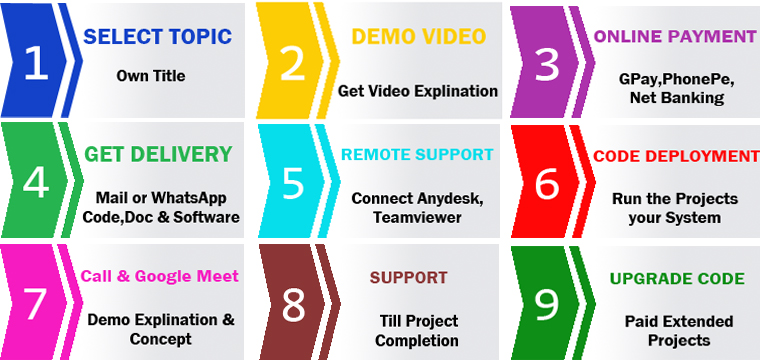Smartphone Speech Testing for Symptom Assessment in Rapid Eye Movement Sleep Behavior Disorder and Parkinson’s Disease
Smartphone Speech Testing for Symptom Assessment in Rapid Eye Movement Sleep Behavior Disorder and Parkinson’s Disease
ABSTRACT
Speech impairment in Parkinson’s Disease (PD) has been extensively studied. Our understanding of speech in people who are at an increased risk of developing PD is, however, rather limited. It is
known that isolated Rapid Eye Movement (REM) sleep Behavior Disorder (RBD) is associated with a high
risk of developing PD. The aim of this study is to investigate smartphone speech testing to: (1) distinguish
participants with RBD from controls and PD, and (2) predict a range of self- or researcher-administered
clinical scores that quantify participants’ motor symptoms, cognition, daytime sleepiness, depression, and
the overall state of health. The rationale of our analyses is to test an initial hypothesis that speech can be
used to detect and quantify the symptoms associated with RBD and PD. We analyzed 4242 smartphone voice
recordings collected in clinic and at home from 92 Controls, 112 RBD and 335 PD participants. We used
acoustic signal analysis and machine learning, employing 337 features that quantify different properties
of speech impairment. Using a leave-one-subject-out cross-validation scheme, we were able to distinguish
RBD from controls (sensitivity 60.7%, specificity 69.6%) and RBD from PD participants (sensitivity 74.9%,
specificity 73.2%), and predict clinical assessments with clinically useful accuracy. These promising findings
warrant further investigation in using speech as a digital biomarker for PD and RBD to facilitate intervention
in the early and prodromal stages of PD.





 admin
admin 







